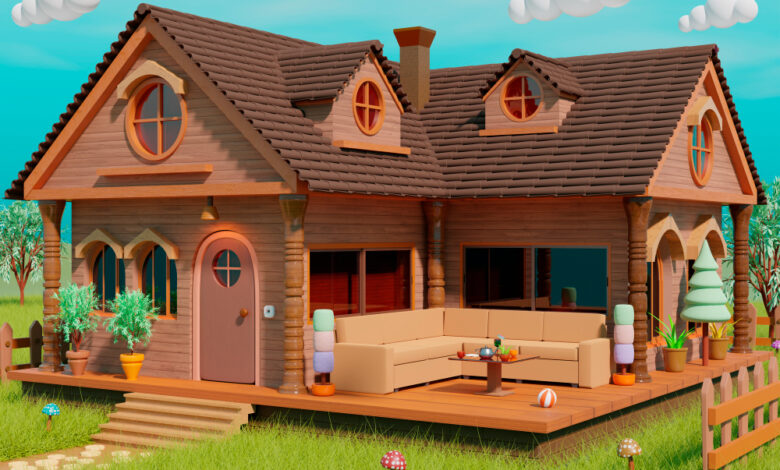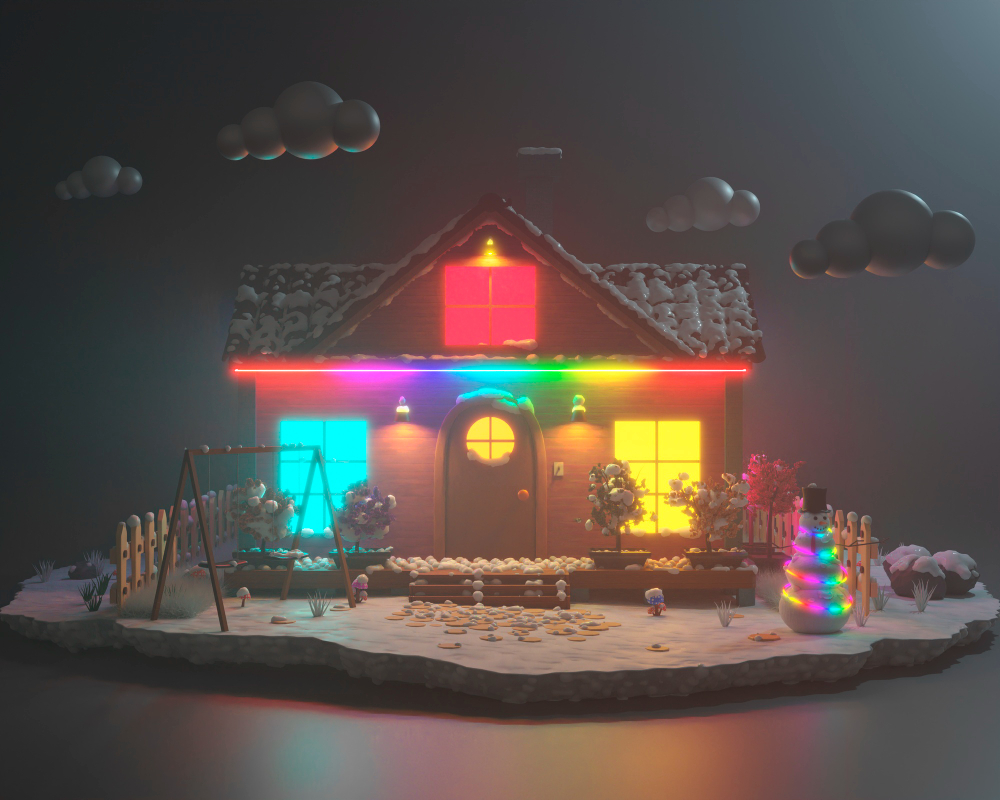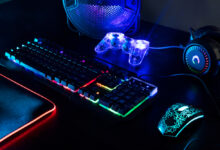Minecraft (2009) Game Icons Banners: A Comprehensive Guide to Icons and Visual Identity

Minecraft (2009) game icons banners, is a phenomenon that has transformed the gaming industry. Since its inception, it has become more than just a game; it’s a cultural touchstone. Central to its widespread appeal are its distinct visual elements, including game icons and banners that represent the game’s brand across various platforms. This article will explore the significance of Minecraft (2009) game icons and banners, their evolution, and how they contribute to the game’s iconic status.
The Evolution of Minecraft (2009) Game icons Banners
1. The Early Days: Simple Beginnings
When minecraft (2009) game icons banners , its visual representation was straightforward. The game icon was a simple yet effective design—a pixelated image of a block of dirt with a grass top. This design was reflective of Minecraft’s aesthetic, focusing on blocky, pixelated graphics that were both nostalgic and functional.
The initial game icon served several purposes:
- Brand Identity: It established a unique and recognizable look that set Minecraft apart from other games.
- Visual Simplicity: The pixelated icon was a nod to the game’s overall design, which was inspired by early computer graphics and 8-bit gaming.
As the game gained popularity, the simplicity of the icon became a hallmark of Minecraft’s charm. It was a visual representation of the game’s essence: a sandbox environment built from basic, blocky elements.
2. The Iconic Creeper Face
One of the most recognizable icons associated with Minecraft is the Creeper face. Introduced as part of the game’s enemy roster, the Creeper became one of Minecraft’s most iconic symbols. Its face, with its distinct green color and pixelated expression, quickly became synonymous with the game.
The Creeper face icon served several purposes:
- Brand Recognition: The Creeper face helped reinforce Minecraft’s identity and contributed to its widespread recognition.
- Marketing Appeal: Its memorable design made it an effective tool for marketing and merchandise, helping to spread the game’s popularity.
Over time, the Creeper face has appeared on various promotional materials, including game covers, merchandise, and in-game assets, further solidifying its status as a key symbol of the minecraft (2009) game icons banners brand.
Minecraft Banners: A Creative Canvas
In addition to game icons, minecraft (2009) game icons banners banners have played a significant role in the game’s visual identity. Banners in Minecraft are customizable in-game items that allow players to express their creativity and personal style. These banners can be crafted using dyes and patterns to create a variety of designs, from simple geometric shapes to intricate symbols.
1. Customization and Creativity
The ability to create and customize banners has added a new layer of creativity to minecraft (2009) game icons banners. Players can design banners to represent their in-game factions, personal achievements, or simply for aesthetic purposes. This feature enhances the game’s personalization options and allows players to leave their mark on the virtual world.
- Faction Banners: In multiplayer settings, banners are often used to represent different factions or teams. Custom designs can signify allegiance, achievements, or territory.
- Decorative Banners: Players can also use banners to decorate their in-game structures or create visually appealing designs that reflect their personal style.
The customization options available in minecraft (2009) game icons banners allow players to experiment with different patterns and colors, making banners a versatile and expressive feature of the game.
2. The Role of Banners in Game Events
Banners also play a role in various in-game events and challenges. Special event banners are often introduced to commemorate significant milestones or updates, adding a unique and celebratory element to the game.
- Event Banners: During special events or updates, minecraft (2009) game icons banners often introduces limited-edition banners that reflect the theme of the event. These banners serve as a way to celebrate and engage players with new content.
- Achievement Banners: Players can craft banners to commemorate personal achievements or milestones within the game. These banners can serve as a visual record of their progress and accomplishments.
The Impact of Icons and Banners on Minecraft’s Legacy
The game icons and banners associated with minecraft (2009) game icons banners have contributed significantly to the game’s success and enduring appeal. Here’s how these visual elements have impacted the game’s legacy:
1. Building Brand Identity
The distinctive game icons and banners have played a crucial role in building and maintaining Minecraft’s brand identity. The consistent use of visual elements like the Creeper face and customizable banners has helped create a cohesive and recognizable brand image.
- Consistent Branding: The game icons and banners have provided a consistent visual representation of Minecraft, helping to reinforce its brand across various platforms and media.
- Merchandising: The iconic designs have been effectively used in merchandising, contributing to the game’s global recognition and commercial success.
2. Enhancing Player Engagement
Icons and banners enhance player engagement by offering creative outlets and personal expression within the game. The ability to customize banners allows players to showcase their creativity and personalize their gaming experience.
- Community Building: Custom banners and game icons foster a sense of community and shared identity among players. They provide a way for players to connect and engage with each other.
- Creative Expression: The customization options available for banners encourage players to explore their creative potential and express their individuality.

The Future of Minecraft Icons and Banners
As minecraft (2009) game icons banners continues to evolve, its icons and banners are likely to adapt and expand to reflect new updates and features. The game’s developers, Mojang Studios, have a history of embracing player creativity and incorporating feedback into the game’s design.
1. New Icons and Symbols
Future updates may introduce new icons and symbols to represent new features or game mechanics. These new visual elements will continue to build on minecraft (2009) game icons banners legacy and provide fresh ways for players to engage with the game.
- Thematic Icons: New game updates or expansions may introduce thematic icons that reflect the content of the update. These icons will help players quickly identify and engage with new features.
2. Expanded Customization Options
The customization options for banners may also expand, offering even more possibilities for players to create unique and personalized designs.
- Advanced Design Tools: Future updates may include advanced design tools or features that allow for even more intricate and detailed banner designs.
- Community Collaboration: Mojang may explore ways to integrate community-created designs or collaborate with players to create new banners and icons.
Conclusion
Minecraft (2009) game icons banners has established itself as a cultural icon, and its game icons and banners have played a significant role in shaping its visual identity. From the early days of the simple blocky icon to the iconic Creeper face and customizable banners, these visual elements have contributed to the game’s success and enduring appeal.
The evolution of minecraft (2009) game icons banners reflects the game’s growth and its commitment to creativity and player engagement. As Minecraft continues to evolve, its visual elements will undoubtedly adapt, offering new ways for players to express themselves and engage with the game.
Whether you’re a long-time fan or a newcomer to the world of Minecraft, understanding the significance of these icons and banners provides a deeper appreciation of the game’s rich history and ongoing legacy.

